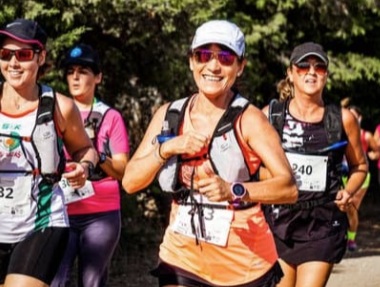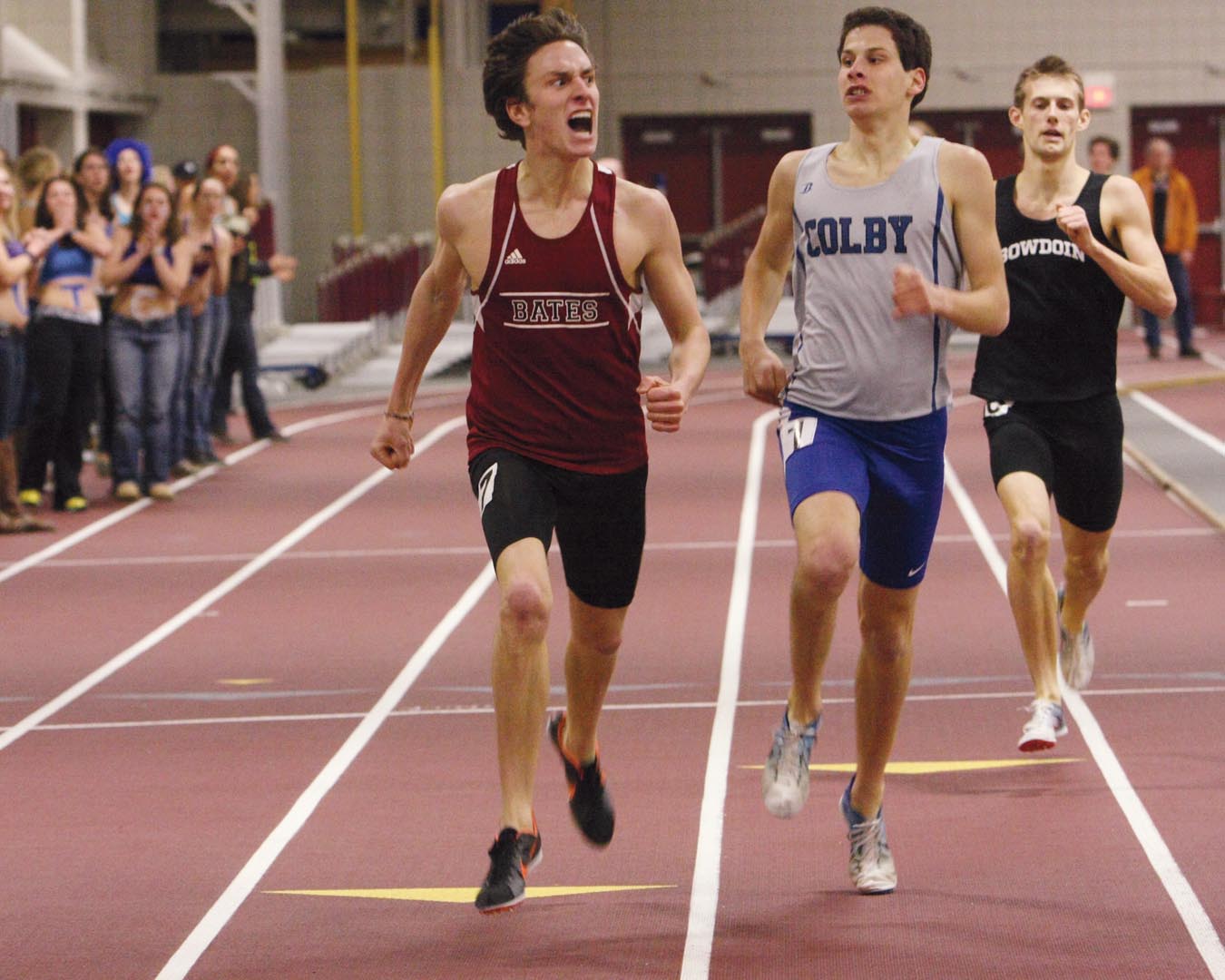
Running Experience Survey Report Welcome to the 2025 Running Experience Survey (RXS) Report. The RXS research project provides a snapshot of running behaviours and attitudes across a wide range of topics, with a particular emphasis on race participation. It was designed, promoted and analysed by Neil Baxter, an independent sociologist and specialist in running culture.

How and why do people engage with running? It’s a question that can’t easily be answered by looking at one or two factors. So in an attempt to capture the full complexity, I used a technique called Multiple Correspondence Analysis (MCA) — a powerful statistical tool for detecting patterns and mapping relationships across a large

Time for an update of the latest running demographics in England, drawing on insights gleaned from Sport England’s massive Active Lives Survey. I’ve broken runners down into five categories, which helps to illustrate the social diversity within the sport. Overall participation These are the figures for participation (any time in the last 12 months) in

Today it seems almost unbelievable that it took until 1984 before a women’s marathon was included in the Olympic programme, but from the first modern Games in 1896 until then, only men were allowed to compete at the classic distance. That’s not to say that during these wilderness years there weren’t many women racing in

Overall figures In this post I’m going to use data from the Big Running Survey, conducted as part of my PhD a couple of years ago, to explore variations in the motivations of different types of runner based on gender and age. I’m not going to try to explain the patterns – that will be

This article presents a collection of demographic statistics about running in the UK and beyond. The data is drawn primarily from Sport England’s Active People Survey and its unrivalled dataset, but also my own Big Running Survey, which provides finer detail. UK Running Demographics How many runners? The current size of the UK regular running

Taken at face value, the data from my Big Running Survey suggests that women runners are significantly less competitive than men. Only 16% of the women surveyed reported a strong motivation to do well in races compared to 30% of men. And taking part in races – one potential measure of a competitive leaning – was

This is part 2 of my series on simple running statistics (part 1 here). The data used on this page is primarily drawn from my own Big Running Survey from 2017. Here we focus on exploring the demographic and psychographic features of different ways of participating in running. Section 1 – Demographics within runningGender –

Below is a list of key statistics about running derived from a number of sources, but mainly the Big Running Survey, which canvased the opinions of almost 2,700 runners on their running practices, motivations and attitudes in 2017. Follow the links on selected items for more detail. Section 1 – running demographicsParticipation rates – Social